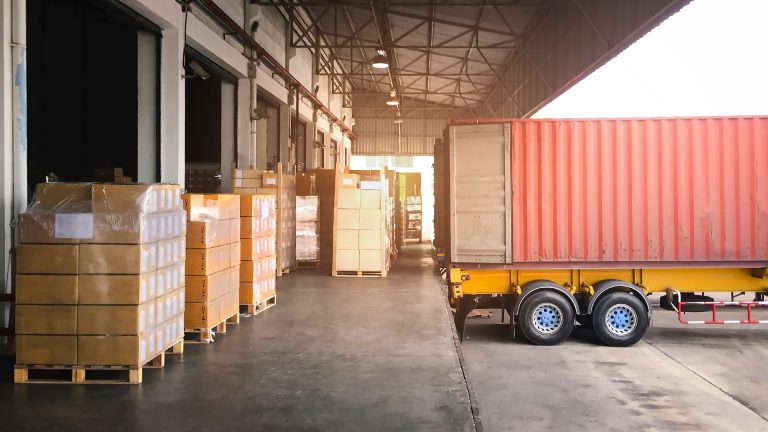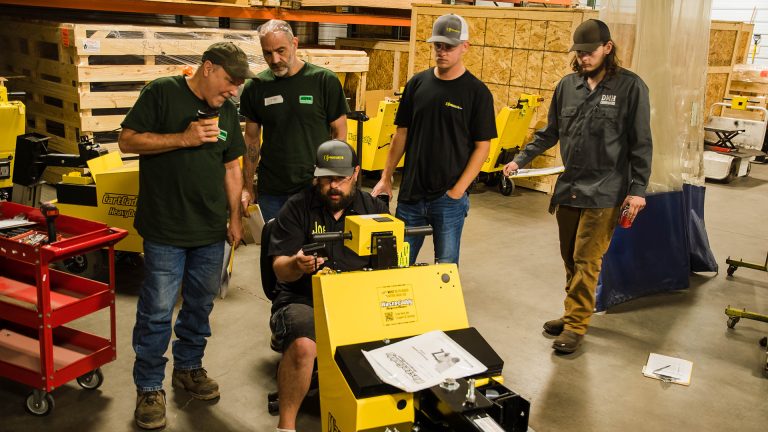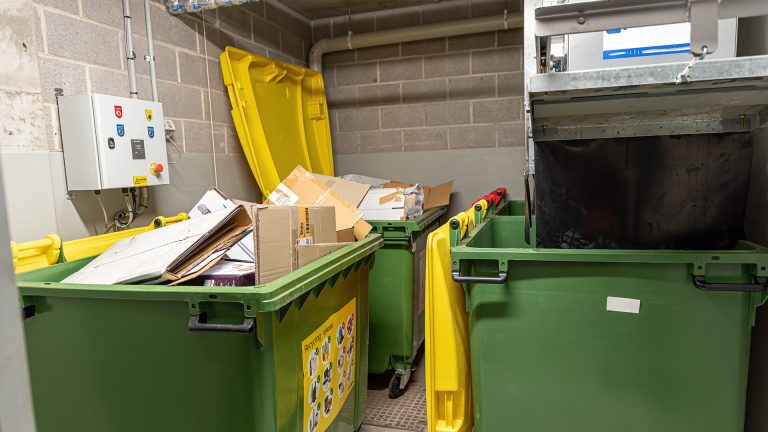Frequency and duration are the two factors that have the greatest impact on ergonomic risk. In developing or reviewing your company’s ergonomic plan, pay particular attention to the frequency and duration of tasks that stress the musculoskeletal system. Reducing the frequency or duration of these tasks will significantly decrease the incidence and severity of musculoskeletal injuries in your workplace. When not addressed, the frequency and duration of tasks that strain workers’ musculature or skeletal system have been proven to significantly increase the risk and expense of long-term injury and loss of function.
It makes sense that the more frequently a worker is required to perform a pushing, pulling, lifting or carrying task that causes overexertion or strain, the greater the risk of musculoskeletal injury. In fact, the repetitive performance of a task over time takes a similar toll on the body, even when muscle strain is not involved. The longer a worker is required to perform a task — duration — also increases the risk of injury. Interestingly, researchers at the National Safety Council have found that the presence of multiple ergonomic risk factors — as few as two — has a multiplicative rather than an additive effect on the likely development of musculoskeletal injury.
The following actions have been found to effectively reduce the risk of musculoskeletal injury in the workplace:
- Decreasing the number of risk factors present in the workplace. Ergonomically-designed carts, tugs, scissor lifts and similar material handling equipment can be used to perform manual tasks that involve pushing, pulling, lifting and transporting, taking the burden off workers, reducing injury risk and improving productivity.
- Providing sufficient recovery time between task sessions. Providing rest breaks allows muscle recovery between work sessions. Rotating workers through a variety of tasks limits their risk exposure. But the most productive solution is utilization of ergonomic material handling equipment that enables repeated performance of a specialized task without injury risk.


